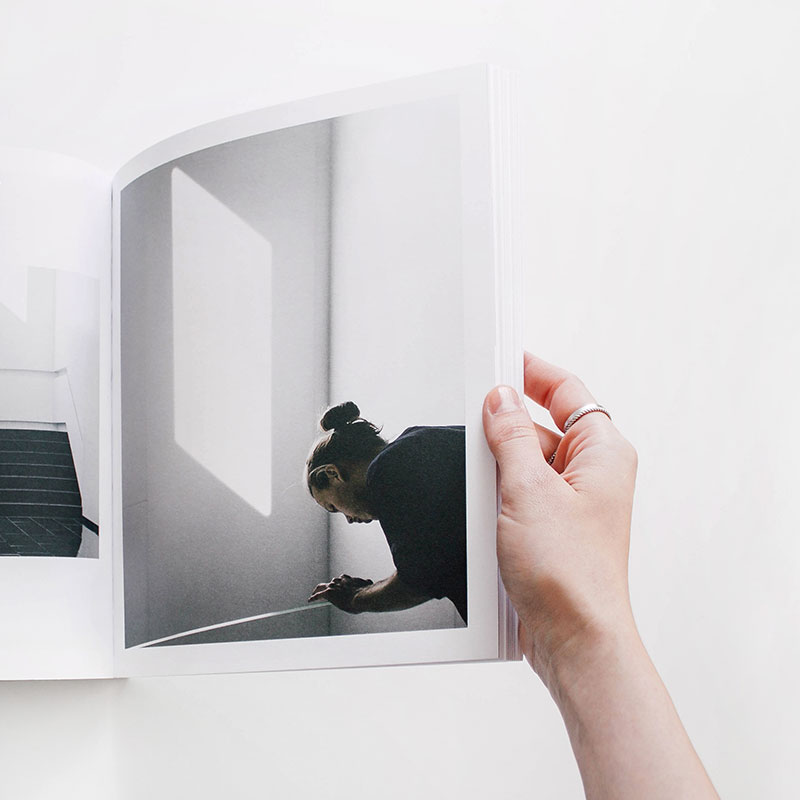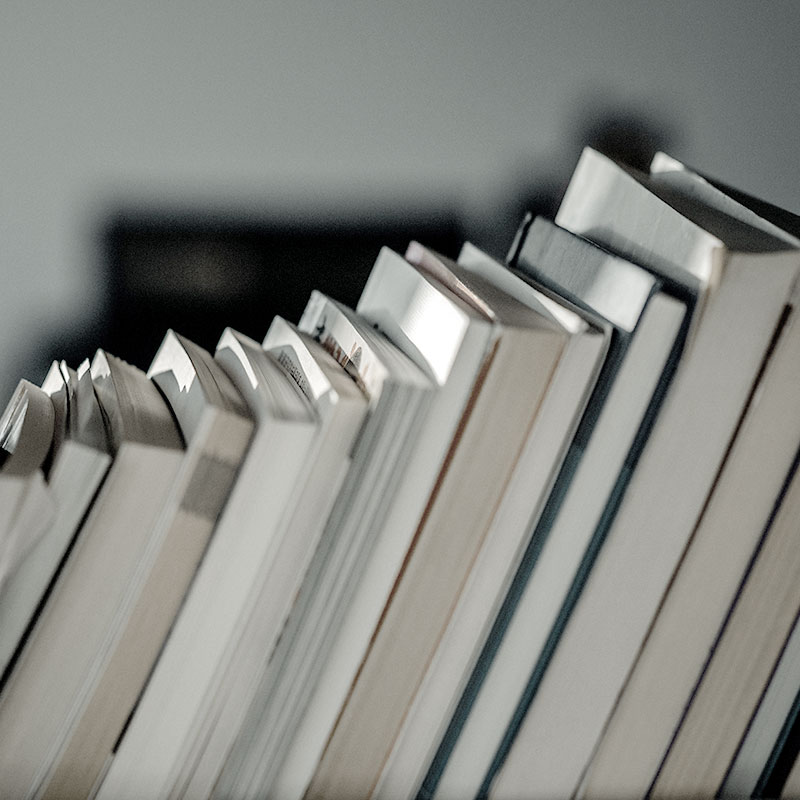In this issue, we would like to provide space for studies pertaining to various forms of hybrid genres in literature and art. What we would like to examine is the status of hybrid genres in different forms of art, perceived in a broad sense (i.e. painting, sculpture, music, cinematography, theatre, architecture), and in literature (not only written and spoken but also in various types of performance art or happenings involving the use of different media and different forms of artistic communication). Moreover, different ways of using hybrid genres in the written word, in literary games with genre convention, as well as in oral means of art and other forms that involve the use of non-verbal means in creating the identity of a given phenomenon will become a significant area of theoretical research. The means of testing the semantic capacity of hybrids and their components in artistic practice lead to such questions as those involving the status, boundaries and effects of various levels of processing the meaning of hybridity in order to obtain a new aesthetic quality, and thus a new epistemological, axiological and ontological quality.
The patchwork (here: mixed, transgenial structure, characterised by a high degree of complexity and transformation) structure of artistic statements undoubtedly leads to questions concerning the nature and possibilities of blending diverse thematic fields, conventions of speech, signs of culture, which – by a way of communication within a new artistic quality – designate its new role and define its new shape. That is the reason why we need to determine these new shapes, forms and qualities in the fields that are responsive to various stimuli – i.e. the fields of literature and art.
The issue concentrates on a discussion on the essence of hybrid as a heterogeneous artistic quality, resulting from the processing of a known resource of forms, being such a mutation of various methods of genre forms, that creates a new artistic quality. We also provide space for theoretical reflection on the distinctive features of hybrids (perceived as types of text, genres, forms of expression, stylistic and rhetorical features, as well as ways of reacting to the possibilities of describing the world). The core of our reflection are also various types of mixed genre forms which illustrate the process of formal transgression, as well as inter- and transdisciplinary reflection regarding incoherent and incompatible artistic phenomena of varying intensity, one that is not easy to classify and diagnose in terms of genre. The coalescence of well-known and unfamiliar, newly emerging forms imposes the necessity to define their status, and make an attempt to prioritize them within art and literature, as well as the need to apply an appropriate set of concepts. That is why we believe that the adventure accompanying the act of denominating hybrids and possible or impossible hybrid worlds also reveal the possibilities and impossibilities of the language of description.
Managing editors: Dr hab. Dawid Maria Osiński, Magdalena Ukrainets
Deadline for article submissions: June 30, 2021






